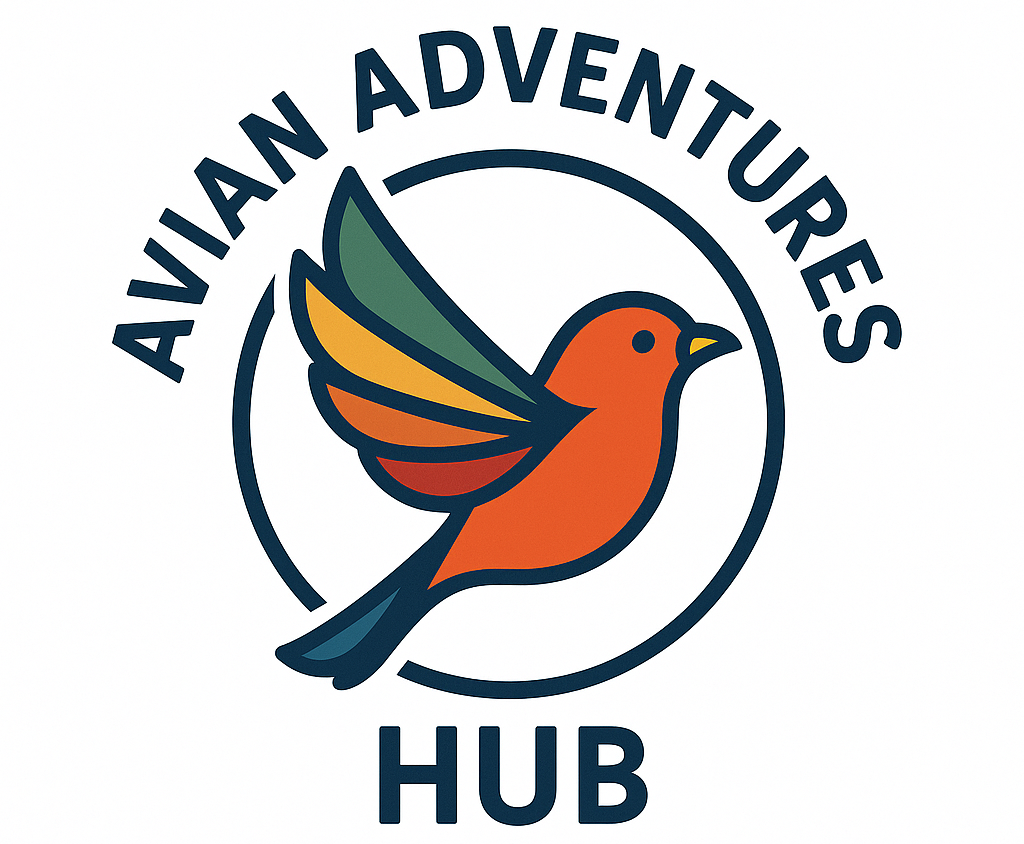1-day Cape Town Pelagic Trip
Click link below to learn more:
Length of trip
Description
A Cape Town pelagic is a spectacle that all birders should experience at least once in their lifetime (see our video of a typical pelagic here). Many consider Cape Town to be one of the top pelagic birding destinations in the world. On these pelagics we head out searching for fishing trawlers which attract thousands of seabirds of a wide variety of species. It is then a case of searching through the commoner species to hopefully pick out the odd rarity or two. Expect a multitude of albatrosses, petrels, shearwaters, as well as other coastal species such as cormorants and gannets.

This video will give you an idea of what a Cape Town pelagic is like.
Most of our pelagics leave from Simon’s Town harbor, from where we head out of the beautiful False Bay, sailing very close to the dramatic sea cliffs of Cape Point, Africa’s south-westernmost tip. Before leaving the bay, we will already encounter our first pelagic seabirds, such as Sooty Shearwater as well as Brown Skua and Cape Gannet. Heading south from Cape Point we may encounter Cory’s, Manx (tough), and Great Shearwaters in the summer months. The greatest spectacle awaits us when we reach the rich trawling grounds 30 kilometers (18 miles) or so beyond Cape Point. Literally thousands of albatrosses, petrels, pattering flocks of storm petrels, and many others gather around hake-fishing boats. This is one of the most unbelievably amazing spectacles that any birder can experience!
White-chinned Petrels are normally the most abundant birds around the trawlers, with smaller numbers of Southern and Northern Giant Petrels and the odd Great-winged Petrel. The Cape is one of the best places in the world to find Spectacled Petrel; these birds enter our waters in the summer in very low numbers. Although sightings are far from guaranteed, January/February are the best months for this species. Albatrosses are normally present in large numbers and include Shy, Black-browed, Indian Yellow-nosed, and Atlantic Yellow-nosed Albatrosses, while we are always on the lookout for the rarer Wandering, Southern, and Northern Royal Albatrosses.
 We’re always on the lookout for ‘great albatrosses’ such as this Wandering Albatross.
We’re always on the lookout for ‘great albatrosses’ such as this Wandering Albatross.
During the winter months large flocks of Cape Petrels push up from the cold subantarctic waters as well as Antarctic Prions. Storm Petrels are dominated by Wilson’s, with large numbers of European in the summer, while Black-bellied is a passage migrant and only likely for a couple of weeks in April/May and again in September/October each year.
Closer inshore we may encounter small numbers of Parasitic and Pomarine Jaegers during the summer months as they harass fishing terns, while African Penguins and Cape, Crowned, and Bank Cormorant are almost guaranteed as we come back into the harbor. One of the most exciting aspects of pelagic birding off the Cape is that you never know when the next mega-rare species may turn up!
 Typical scene behind a trawler: seabirds everywhere!
Typical scene behind a trawler: seabirds everywhere!
Some people are wary of seasickness, but for those who brave this, pelagic trips can be true highlights of any birding career. With luck we may also find Bryde’s Whale as well as Humpback and Southern Right Whales (both seasonal visitors), Cape Fur Seal, and dolphins (Long-beaked Common and Dusky Dolphins are most abundant). The boat returns to the harbor at about 3:00 p.m.
We ask participants to meet at 6:45 a.m. at the Simon’s Town harbor for departure around 7:00 a.m.

